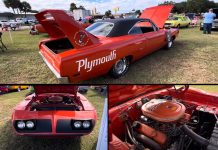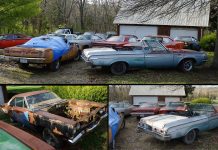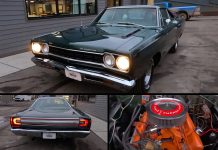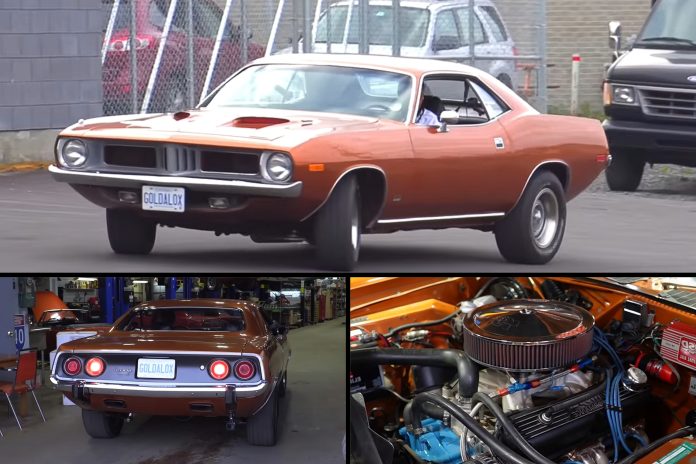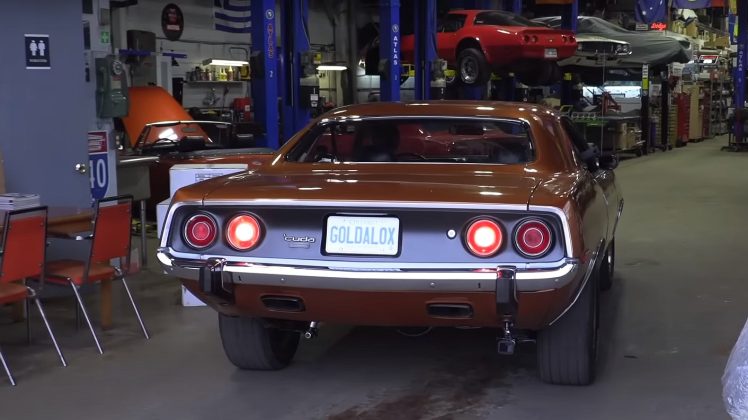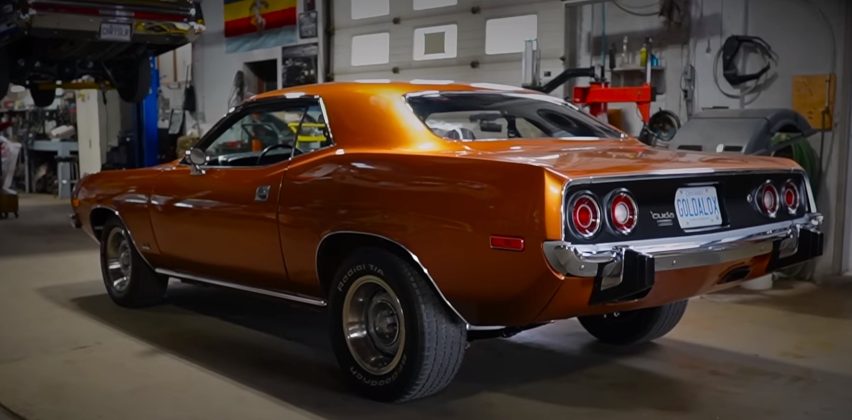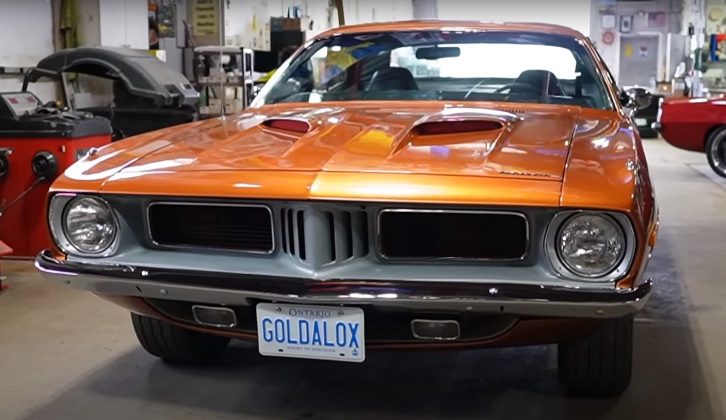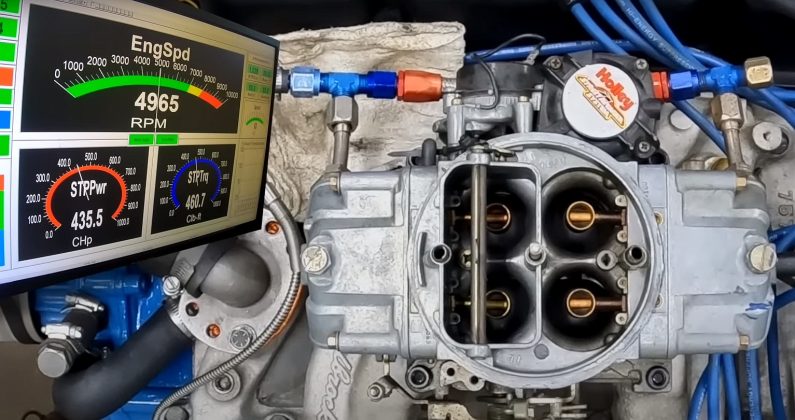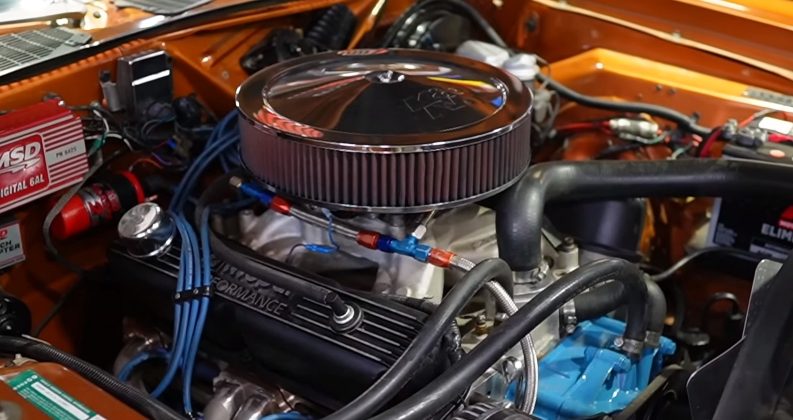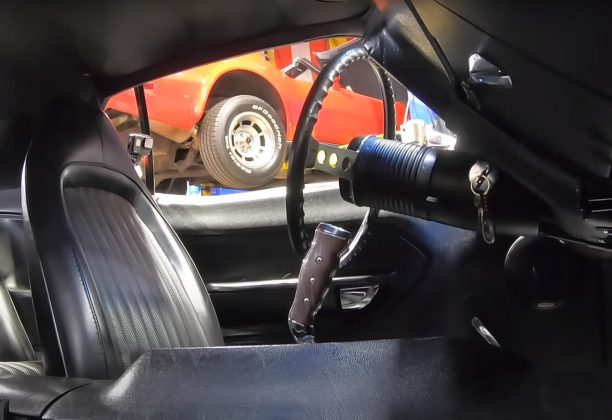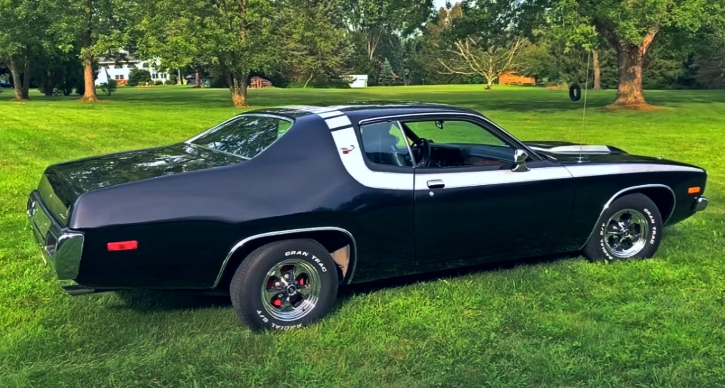Introduced in 1964, the Plymouth Barracuda entered the automotive scene just ahead of the Ford Mustang, aiming for a slice of the emerging pony car market. However, it wasn’t until the 1970 model year that the Barracuda transitioned into a full-fledged muscle car.
The third-gen Barracuda, debuting in 1970, marked a significant shift. With a more aggressive design and a diversified engine lineup, including big-block mills larger than the previous 383-cubic-inch V8, the Barracuda embraced its muscle car identity.
Powertrain Options in 1970 and 1971
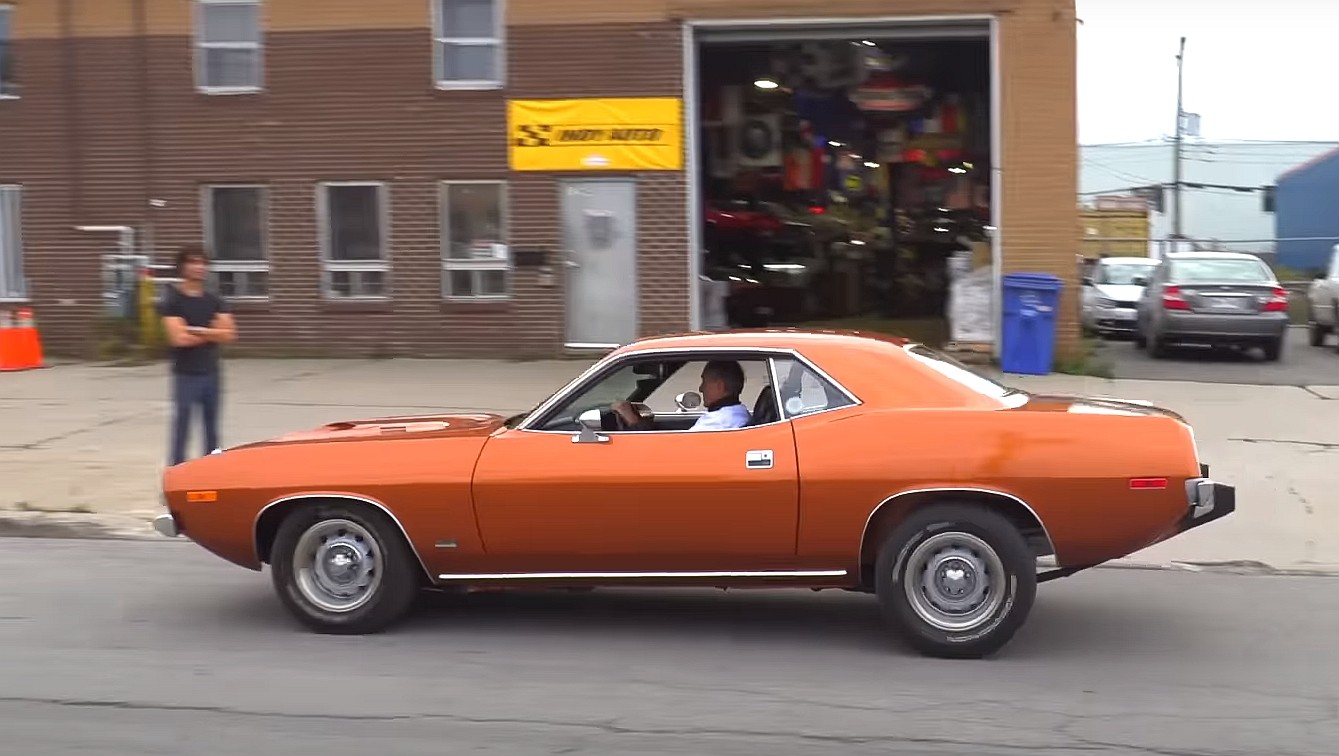
1970 witnessed a barrage of powertrain options for the Barracuda, with slant-six and V8 choices aplenty. However, this expansive selection underwent a notable change in 1972.
In a surprising move, Plymouth dropped all big-block engines, including the 426 HEMI and the 440 RB, from the Barracuda lineup for the 1972 model year. The options list dwindled to just two V8 units: the 318- and 340-cubic-inch small-blocks.
The lineup remained relatively unchanged for 1973, but the 340-cubic-inch option was replaced with a 360-cubic-inch alternative in 1974, the Barracuda’s final year on the market.
Evaluating the Late Third-Gen Barracudas
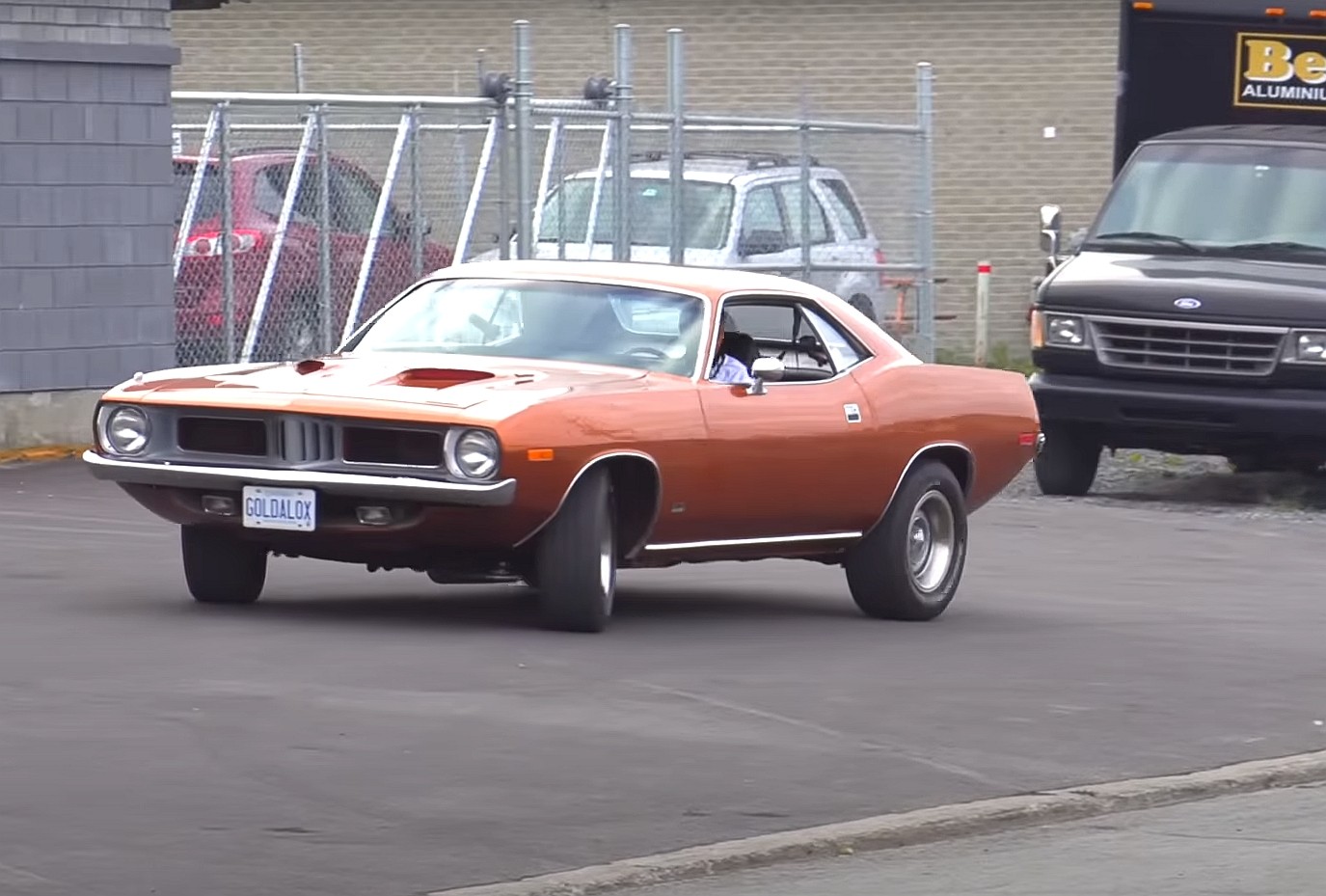
Late third-gen Barracudas, produced from 1972 to 1974, are often considered less desirable than their predecessors. However, are they truly terrible in terms of performance?
The entry-level 318-cubic-inch V8 in 1974 offered only 150 horsepower, comparable to the slant-six cars of the golden era. Yet, the 360 V8, introduced in 1974, delivered a more respectable 245 horsepower and 320 pound-feet of torque.
Despite losing the big-block engines, the ’74 Barracuda maintained its appeal. Affordability became a key factor, especially when compared to the soaring prices of HEMI and 440-equipped models.
Noteworthy 1974 Barracuda Build
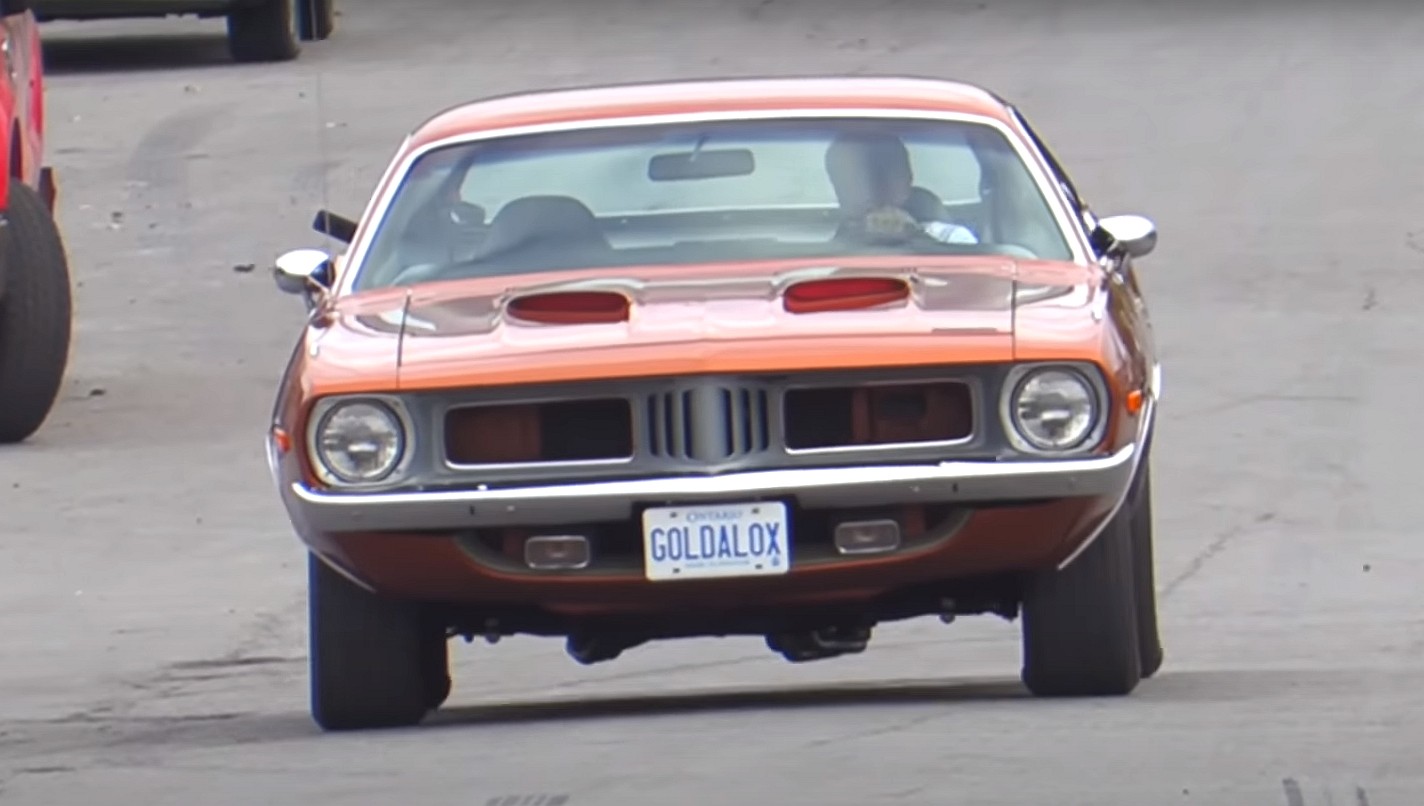
Highlighted in a video by YouTube’s “Nick’s Garage,” a 1974 ‘Cuda showcases a distinctive restoration. Despite its exterior appearance, this Barracuda conceals a powerful surprise under the hood.
Featuring a 360 V8 stroked to 408 cubic inches and equipped with performance parts, this ‘Cuda achieves an impressive output of over 425 horsepower and torque exceeding 490 pound-feet.
If this rig is a factory 360 manual ‘Cuda, it’s one of only 430 sold in 1974, adding a layer of rarity to its appeal. The owner, undoubtedly content, has transformed this Barracuda into a standout example of mid-1970s Mopar performance.
# FAQs
**Q1: How did the Barracuda evolve over the years?**
A1: The Barracuda transitioned from its early pony car roots to a full-fledged muscle car in the 1970 model year, with significant design and engine lineup changes.
**Q2: What powertrain options were available in 1970 and 1971?**
A2: The 1970 Barracuda offered a wide array of powertrains, including slant-six and various V8 options. Many of these options continued into the 1971 model year.
**Q3: Why did Plymouth downsize the Barracuda lineup in 1972?**
A3: In 1972, Plymouth discontinued all big-block engines, such as the 426 HEMI and 440 RB, narrowing the options to the 318- and 340-cubic-inch V8 units.
**Q4: How did the Barracuda perform in its final years (1972-1974)?**
A4: Despite losing big-block engines, the late third-gen Barracudas, particularly the 1974 model, maintained reasonable performance. The lineup included the 318- and 340-cubic-inch V8 units.
**Q5: What makes the showcased 1974 Barracuda unique?**
A5: Featured in a video by “Nick’s Garage,” the 1974 ‘Cuda underwent a distinctive restoration, boasting a 360 V8 stroked to 408 cubic inches and impressive performance upgrades.



